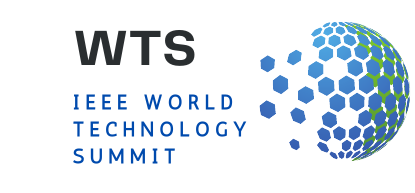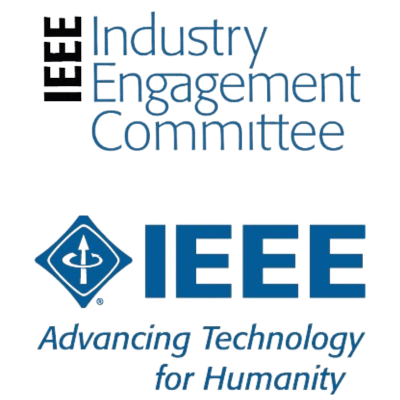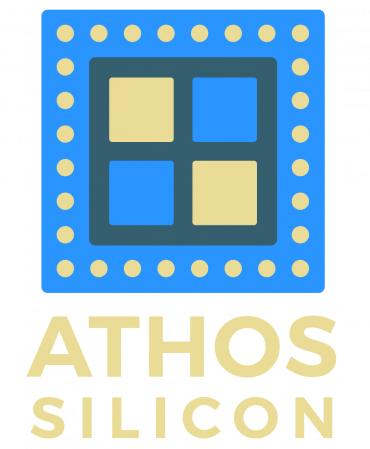Andy Birnie
Affiliation: NXP Semiconductors, Glasgow UK
Biography: Andy Birnie leads NXP’s Automotive Systems Engineering Team which is focused on delivering solutions to help OEMs and Tier 1s streamline the development of complex architectures for Software-Defined Vehicles. With more than 30 years of experience at Motorola, Freescale and NXP, Andy has collaborated across the automotive ecosystem on safe and secure design topics including electrification, ADAS and vehicle architecture.
Abstract: Redefining Vehicle Architecture: The Path to Scalable SDV Platforms
The shift to software-defined vehicles (SDVs) is driving a transformation in vehicle architecture, moving from distributed ECUs to centralized and zonal architectures. This transition introduces new technical challenges in system integration, requiring seamless coordination between high-performance silicon, real-time software, networking, and power management. How do OEMs and suppliers ensure scalability without adding unnecessary complexity? What roles do pre-integrated system solutions play in accelerating SDV deployment? And how can the industry align on software and hardware frameworks that support both differentiation and interoperability? This session will examine the technical foundations of SDV platforms, including function consolidation, deterministic data transfer, and vehicle-level safety. As automotive development evolves, collaboration and system-level optimization will be key to enabling the next generation of intelligent mobility.
Luke Harvey
Affiliation: Principal Partner Solutions Architect, Automotive at Amazon Web Services (AWS), Michigan, USA
Biography: Luke Harvey is the Worldwide Automotive Partner Tech leader for Amazon Web Services. He is globally responsible for AWS’s automotive partner strategy and enables partners to build, market, and sell their state-of-the-art solutions leveraging the cloud. He has over a decade of automotive leadership experience in autonomous and connected vehicle technology. When not building things on AWS, he spends time beekeeping with his family in Michigan.
Abstract: TBD
TBD
Francois Piednoel
Affiliation: Chief Technology Officer, Distinguished Chief Architect, Athos Silicon, Santa Clara, California, US
Biography: TBD
Abstract: TBA
Francois Piednoel presents a chiplet-based mSoC(tm) architecture built for high-autonomy and safety-critical systems.
Designed with ASIL-D compliance in mind, it eliminates single points of failure through modular redundancy and hardware voting.
The architecture supports PetaOPS-class performance and runs without CPU assist, enabling reflex-level functional safety.
This marks a paradigm shift beyond legacy PC designs, scaling compute and safety through smart power and scheduling layers.
PD Dr. Victor Pankratius
Affiliation: Cross-Domain Computing Solutions (XC), Robert Bosch GmbH, Renningen, Germany
Biography: Victor Pankratius is a Vice President for AI & Data in Bosch’s Cross-Domain Computing Solutions area where he advances foundation models for automotive systems, among other topics. He is an experienced leader with MIT and NASA research background in AI, data science, software engineering, and parallel computing. Victor also served as the global head of software at Bosch Sensortec breaking new ground in AI in mobile devices and wearables. Prior to Bosch, Victor has led a data science group at MIT and served as a principal investigator in NASA’s prestigious Advanced Information Systems Technology program. Victor earned a Habilitation degree in Computer Science from the Karlsruhe Institute of Technology, Germany, and a doctorate (Dr.rer.pol.) from the University of Karlsruhe’s business school.
Abstract: Foundation Models in Driver Assistance & Cockpit Interaction
GPT technology and foundation models are pushing the boundaries of intelligent vehicles with new capabilities in driver assistance and human-vehicle interaction in the cockpit. This talk discusses technical progress and challenges in these areas and shows how multimodal data from video, radar, and other sensors can be leveraged to solve long-standing difficult problems. Looking forward, this talk also outlines how this technology can be deployed into embedded vehicle environments and how ecosystems evolving around foundation models will enable highly adaptive mobility solutions.
Dr. Ericles Sousa
Affiliation: SoC Architect – Cadence Design Systems, Germany
Co-chair of Automotive Working Group – UCIe, Germany
Biography: Dr. Ericles Sousa is an expert in advanced system-on-chip architectures, bringing deep industry experience in real-time computing, safety, and low-power systems. As Co-Chair of the UCIe Automotive Working Group, he is at the forefront of driving chiplet-based innovation in next-generation automotive computing. At Cadence, he specializes in scalable solutions that shape the future of automotive technology. Dr. Sousa is also an active member of IEEE SA P2851, the Automotive Vehicle Computing Consortium, and the IMEC Automotive Chiplet Program.
Abstract: Chiplets: A Game Changer for Advanced Automotive Computing
MIT Technology Review has named chiplets and AI among the Top 10 Breakthrough Technologies of 2024. Chiplets are redefining how we build compute platforms for autonomous vehicles. As monolithic SoCs face scalability and cost challenges, chiplets offer a modular, reusable, and performance-optimized alternative for sensor fusion, AI, and domain control. This talk explores the role of chiplets in automotive compute, highlighting how the UCIe standard enables interoperability and integration across vendors. Real-world examples will illustrate how chiplet-based solutions address functional safety, thermal constraints, and long-term reliability — accelerating the path toward scalable, next-generation architectures for autonomous and connected vehicles.
© Copyright 2025 IEEE – All rights reserved.










